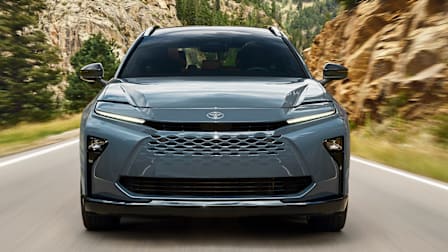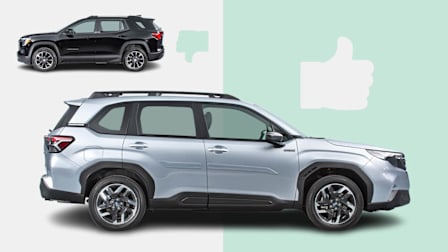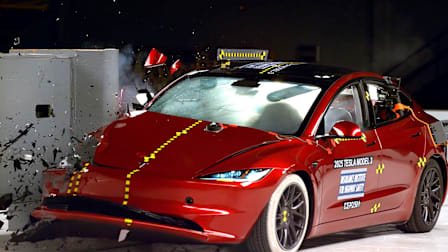Face-Off: Subaru Forester vs. Toyota RAV4
These two models vie for compact-SUV supremacy. Only one dominates the competition.

The Subaru Forester and Toyota RAV4 were both pioneers of the car-based compact-SUV market, bringing a refined driving experience to a category populated with vehicles that drove like trucks.
Now almost every automaker sells a compact SUV, but few are as accomplished as the Forester and RAV4. They have taken turns in dominating the CR Top Picks list since it started in 1997: 16 appearances for the Forester and 10 for a version of the RAV4. No other SUV in any class can match these stats.
The RAV4 is consistently among the top-selling vehicles in the U.S., and nearly 400,000 were sold in 2022, making it the best-selling SUV in the U.S. for the 6th straight year. The Forester sells well—more than 114,000 were sold in 2022—but that was a 26% decrease from 2021, and it doesn’t have the same widespread appeal of the RAV4.




















